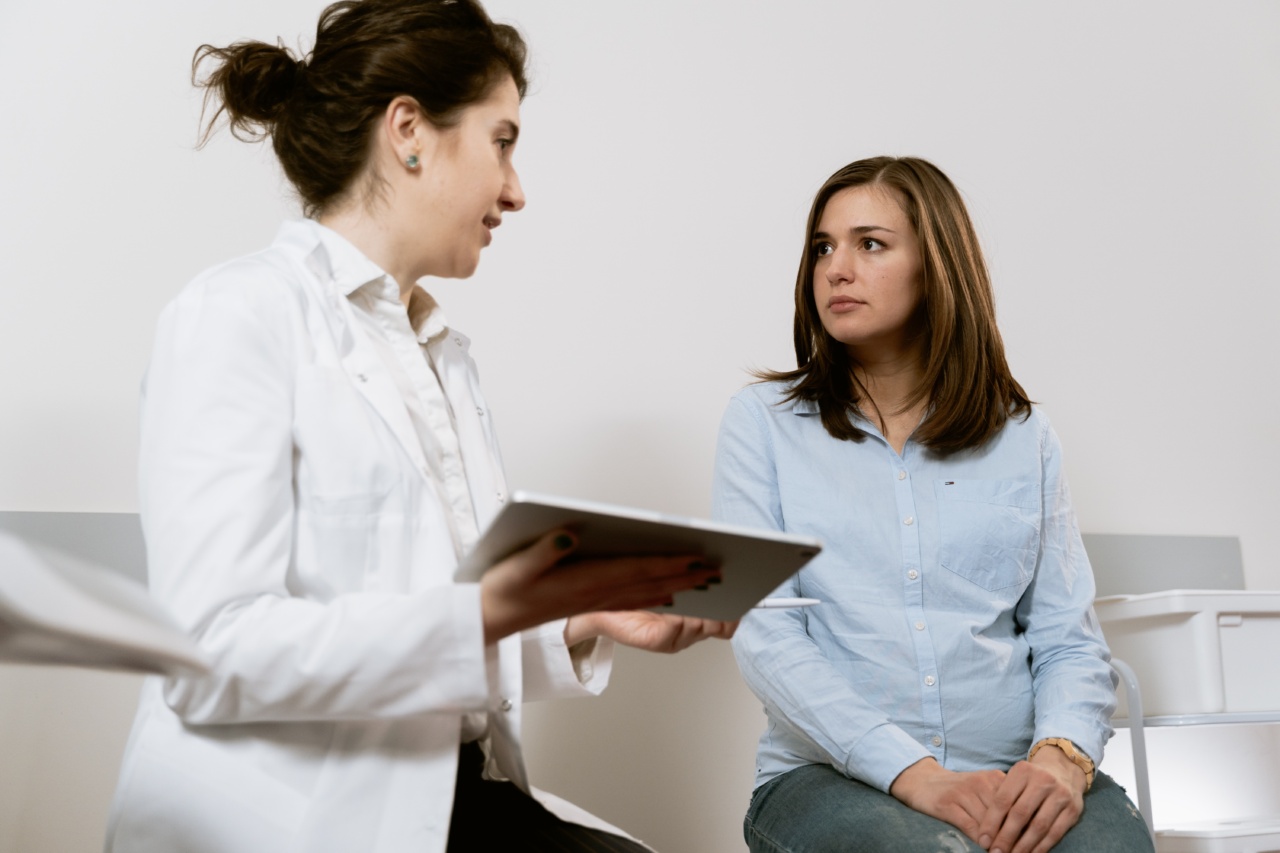Waxing is a popular hair removal method globally, and expectant mothers are no exception. However, most women become skeptical about waxing during pregnancy because of the potential harm it may cause to the unborn child and the mother.
In this article, we will discuss safe waxing tips for expectant mothers to get that silky smooth skin without compromising their health.
Talk to your doctor
Before you begin any hair removal technique, it is vital to seek advice from your doctor. They will advise you on the best method, waxing products, and any possible side effects on conception and the health of both the mother and the child.
If you have any underlying health conditions that may affect the pregnancy, your doctor may recommend against waxing altogether.
Choose a professional waxer
If you decide to wax during pregnancy, always go to a professional waxer. They will ensure that the waxing process is safe and reduces the risk of harming the baby or the mother.
A professional waxer has the right equipment and experience, ensuring that the process is fast and safe.
Use organic and natural wax products
When waxing during pregnancy, it’s advisable to use organic and natural wax products. Chemical and synthetically manufactured wax products may contain toxic ingredients that may affect the health of the baby or the mother.
Natural wax products reduce the chances of irritation, inflammation, or allergic reactions during and after the waxing process.
Hydrate your skin before waxing
Waxing during pregnancy can cause dehydration and dryness.
Before the waxing process, it’s advisable to moisturize your skin with natural oils such as coconut oil or jojoba oil to soften your skin and reduce the chances of irritation or inflammation. This will also reduce the discomfort and pain during the waxing process.
Avoid waxing sensitive areas
During pregnancy, the skin becomes more sensitive, and waxing may cause irritation and pain, especially on sensitive areas such as the nipples, bikini area, and the abdomen.
To avoid harm and reduce the risk of infection, it’s advisable to avoid waxing these sensitive areas. You can try alternative hair removal methods such as shaving or trimming.
Avoid waxing during the first trimester
The first trimester of pregnancy is the most crucial phase of your pregnancy, and waxing may introduce unnecessary stress that may affect the pregnancy’s health.
During this period, it’s advisable to seek alternative hair removal methods such as shaving or trimming until you are in a more stable phase of your pregnancy.
Choose the right waxing technique
There are various waxing techniques such as strip waxing and hard waxing. However, during pregnancy, the hard waxing technique may be a better option.
Hard wax is less sticky and adheres more to the hair and less to the skin, making it less painful and reducing the risk of skin irritations and infections.
Exfoliate before waxing
Exfoliation helps to remove dead skin cells and dirt, making the waxing process smoother and reducing the risk of infections and inflammation.
However, it’s essential to use gentle exfoliants such as sugar or salt scrubs to avoid over-exfoliation, which may cause irritation.
Avoid exposure to the sun after waxing
After waxing during pregnancy, it’s essential to avoid exposure to the sun to prevent hyperpigmentation and skin irritations.
Sun exposure may cause the skin to become extremely sensitive, and the UV rays may cause rashes and other skin complications.
Conclusion
Waxing during pregnancy is safe if done correctly and with the right products. It’s essential to always seek advice from your doctor, use natural and organic products, hydrate your skin, avoid sensitive areas and exposure to the sun after waxing.
With these tips, you can achieve silky smooth skin and enjoy your pregnancy journey.





























